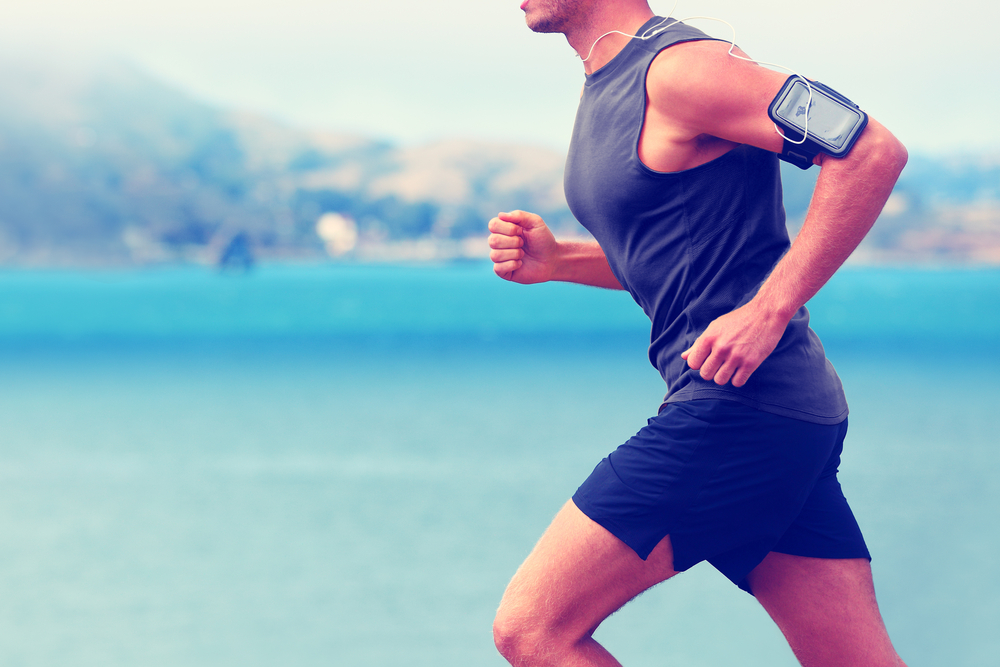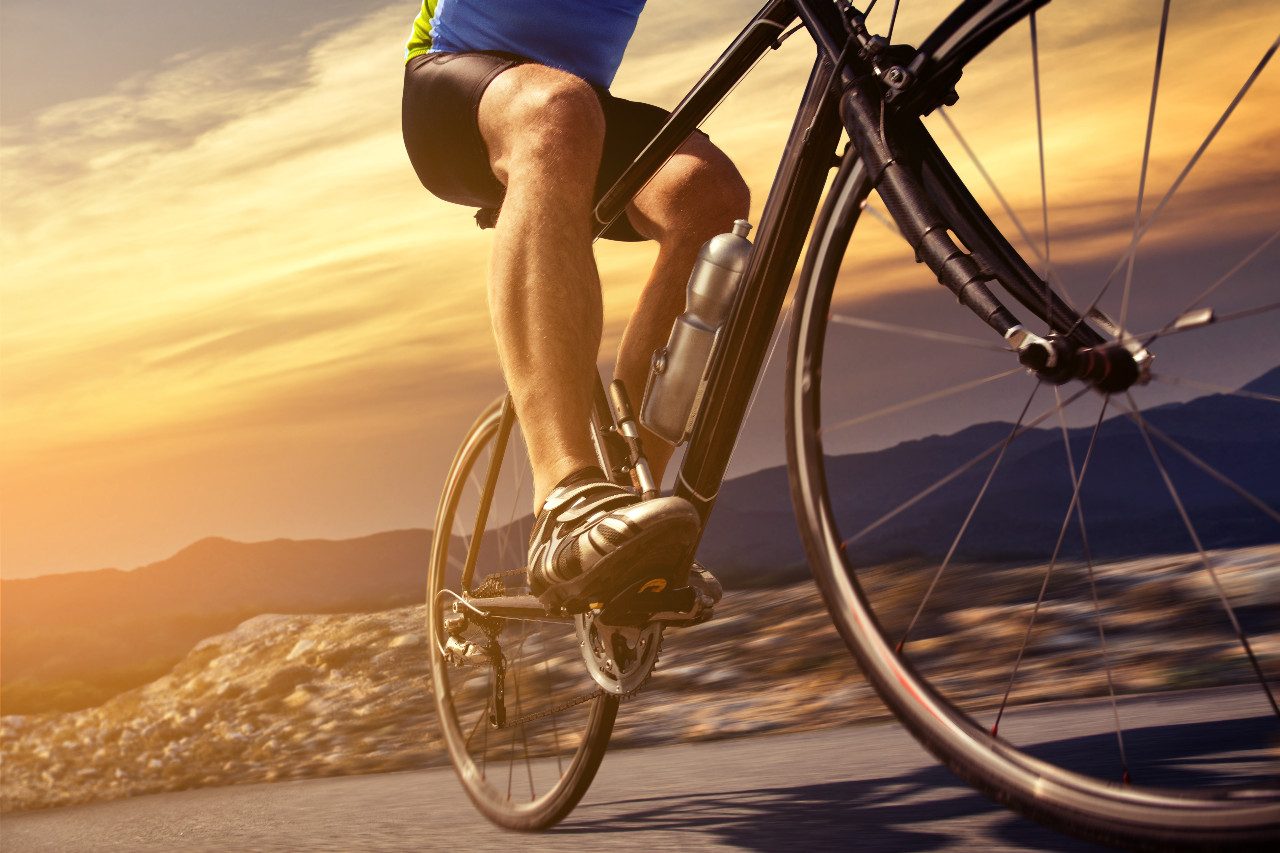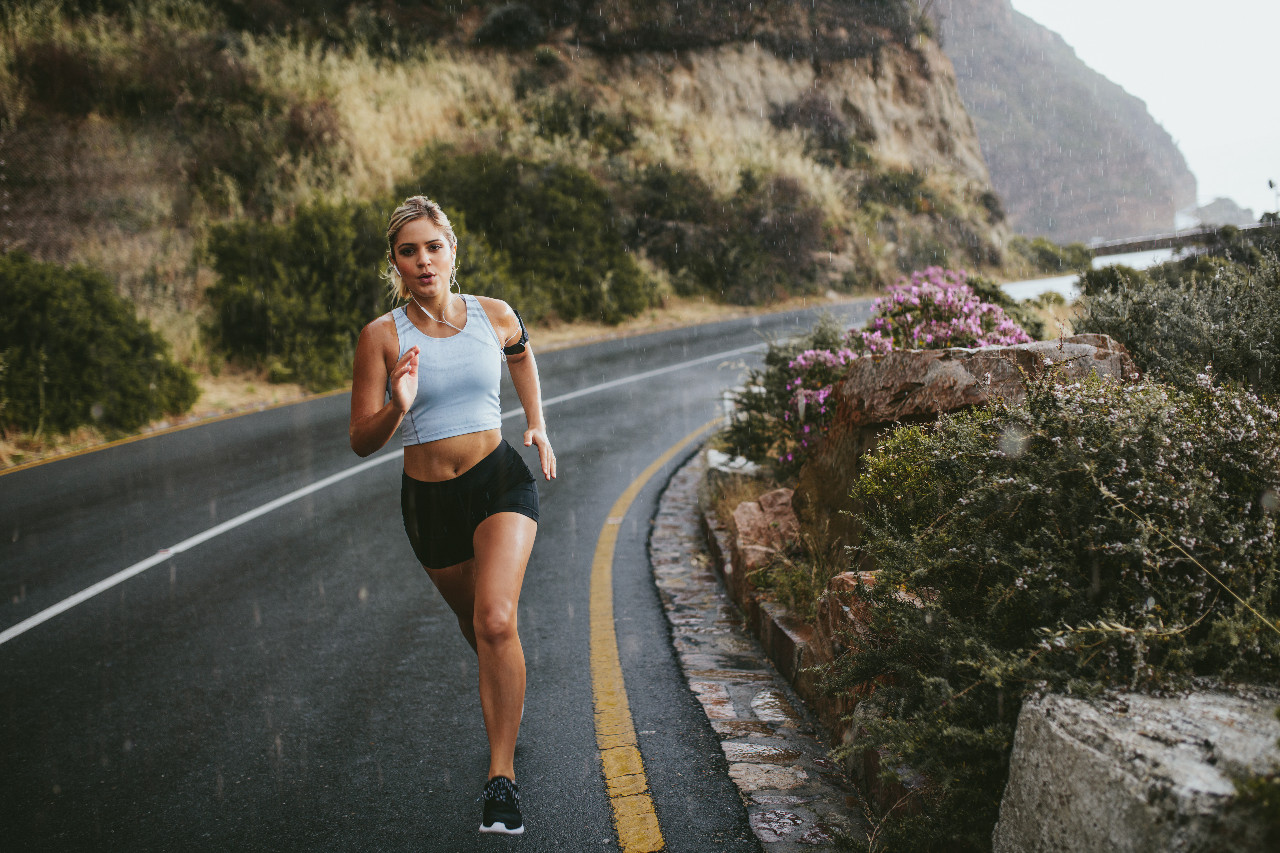
We are probably all familiar with the term ‘chafing’ and unfortunately most of us know exactly what is meant by it. But what exactly is chafing, where does the word come from, and is there anything that can actually prevent it? In this post, we take a closer look at chafing.
Chafing – What does it actually mean?
It’s something runners will be only too familiar with: If you’re on the go for a while and start to sweat, there will often be friction in various patches on your skin. When the skin becomes red and sore, this is referred to as chafing. The word chafe seems to have come into the English language in the Middle Ages from the Old French chaufer, meaning to warm. The word then quickly came to be used in the sense of to rub something to warm it up – like rubbing your hands in cold weather, for example. The meaning then shifted to mean to rub something in such a way that the surface is damaged or injured. It is this meaning of chafing that is now predominant in English, and that’s what we’re interested in. When your skin rubs and chafes, the skin is damaged, leaving you with red, sore patches.
Where do athletes typically suffer from chafing?
The area most commonly prone to chafing in runners, triathletes and the like is probably the thighs. They rub against each other constantly when you run, and if you add sweat to the mix, plus the seams of your shorts or running trousers, you are bound to be left with sore patches of skin. Nipples are another area often affected by chafing. This is true for both men and women, because either the T-shirt or the bra rubs. On the upper body, your underarms are also prone to chafing. This is due to the movement of the arms, for example when running. An increase in sweating in this part of the upper body often leads to sore patches of skin appearing here. And it’s not just running that does it – cycling can also leave you with chafing around the groin and buttocks. The main reason for sore patches in these areas is the rubbing from the saddle. Blisters and chafing can also affect the feet, of course. Unfortunately, sports shoes that don’t fit well or haven’t yet been worn in properly often cause sore patches and blisters.

What to do when you develop chafed skin
If it has happened again and you’ve developed sore patches of chafed skin, the first thing is to avoid whatever form of exercise caused your skin to become irritated for a while. This can be really frustrating and in some cases it is unfortunately not really an option, especially for competitive athletes. Nevertheless, your skin needs to recover first. Using ointments containing chamomile can help. Chamomile oil has antibacterial and anti-inflammatory properties. It also helps to wear different clothes that won’t put any more stress on the areas that are already inflamed. All the same, chafing will naturally slow you down and the best solution is to avoid chafing in the first place ?
How to prevent chafing
There are certain considerations you can keep in mind when it comes to your clothes, of course. For example, cotton is more likely to irritate the skin than synthetic materials. What’s more, having a lot of seams and sewn-on sections is always a risk, too. Your clothes should also be close-fitting so they cannot slip. The shoes you wear also offer a lot of potential for rubbing. They should be tailored to fit you perfectly and should be broken in first before you start wearing them properly for a long training session.

However, that’s not all you can do to prevent chafing. In fact, the best way to avoid it is to use an anti-chafing gel such as our 2SKIN gel. Before you start, simply apply it to those areas of skin that you know will quickly start to suffer from sore patches. Whether that’s on your thighs, your arms, your chest, your feet or any other problem areas, 2SKIN forms an invisible protective film on your skin as soon as you apply it. And it lets your skin breathe too. What’s more, 2SKIN is also dermatologically tested, does not contain any skin-weakening emulsifiers and is both water-resistant and sweat-resistant. It is also safe for use with functional sports textiles and wetsuits.
Although athletes are often the only ones mentioned in connection with chafing, a lot of women also suffer from sore patches on their thighs in normal day-to-day life. 2SKIN can also help them. It is available in our onlineshop.
With our anti-chafing gel, you can say goodbye to chafing ?